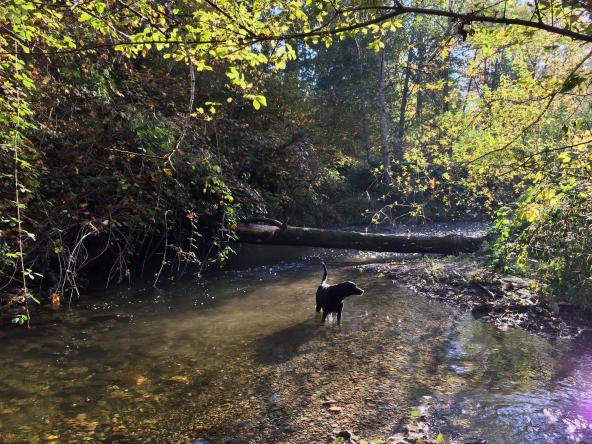Update: A pdf of slides from the presentation is now available.
Adequate stream flows are critical to Puget Sound’s endangered salmon and are one of the state’s ‘Vital Sign’ indicators of ecosystem health. Earlier data suggests that summer stream flows have been on the decline, but new analysis shows that gauging these flows may be more complicated than previously thought. On Monday, March 15th, Puget Sound Institute senior research scientist Nick Georgiadis will discuss statistical models that show an apparent increase in summer stream flows over the past 20 years due to climate oscillations. His talk will be presented at 10:00 AM via Zoom at the link below.
Join the Zoom meeting: https://washington.zoom.us/j/96431547752
Date: March 15, 2021
Time: 10:00 AM (Please login at 9.55 AM)
Meeting ID: 964 3154 7752
Program abstract:
For streams flowing into Puget Sound, the lowest flows of the year (‘summer low flows’) must be sufficient to sustain instream biota, including salmon, for the foreseeable future. Evidence that low flows have declined raised concerns that factors relating to human development, including anthropogenic warming (globally) and groundwater abstraction (locally), may have impacted low flows, and will further impact low flows in the future. Uncertainty about causality requires that a precautionary approach be adopted in restoration and preservation strategies currently under development. To better inform these strategies, much remains to be learned about factors affecting low flows. I will present statistical modeling results suggesting that opposing, multi-decadal oscillations in rainfall and temperature drive a pronounced oscillation in low flows. The declining phase of this oscillation in low flows spans ~1960-2000. Since then, trends in low flows appear to have switched from negative to positive. These patterns characterize how climate change and variation have affected low flows in the past, and help to shape our expectations for the future.
